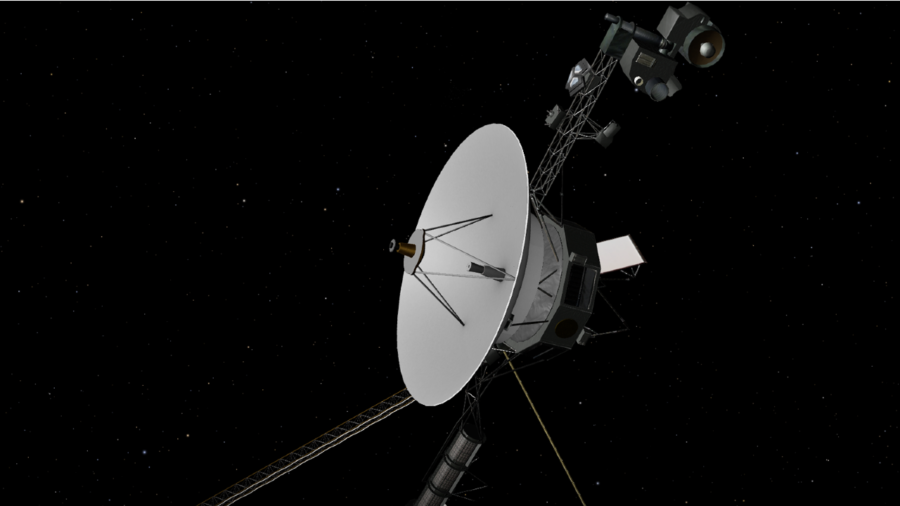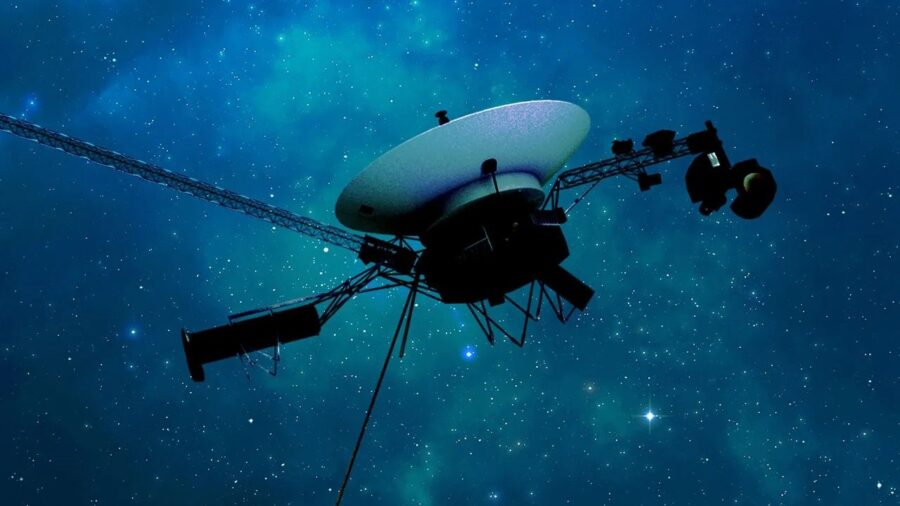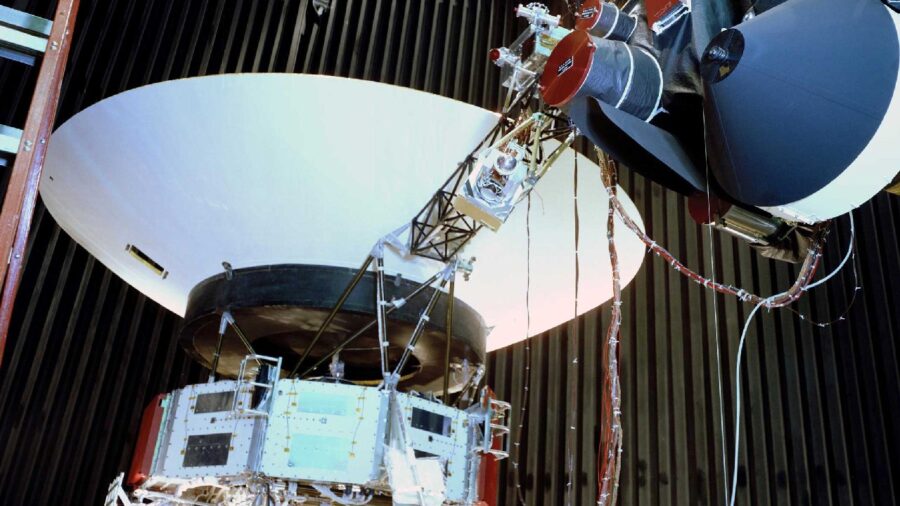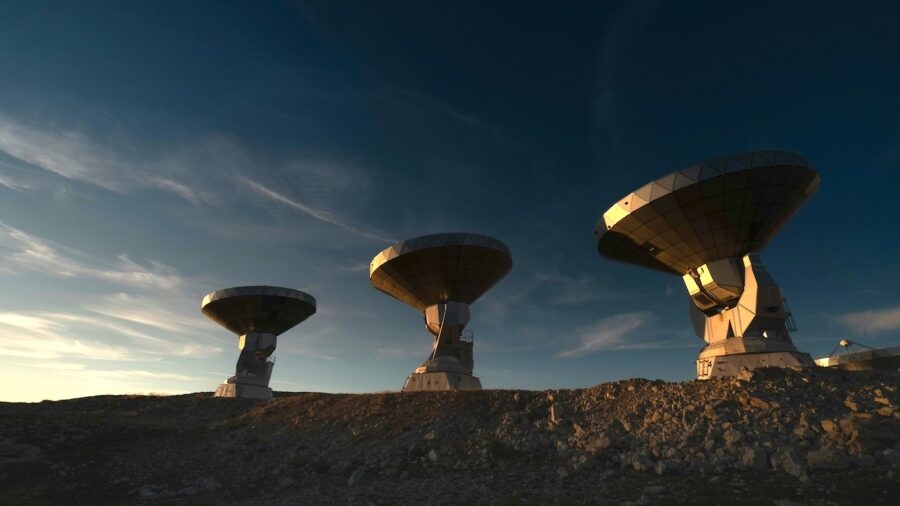NASA Pulls Off Deep Space Voyager Engine Repair

NASA has kept Voyager 1 operational, swapping between sets of thrusters to keep the mission going. The operation required some clever problem-solving and risk-taking, but it paid off and will allow the probe to continue sending interstellar data back to Earth. While the mission was a success, it’s a reminder that distance and time will continue to make the probe difficult to maintain.
An Issue Decades In The Making

The issue with the Voyager probe was a clog in the probe’s thrusters, which keep its antenna pointed towards Earth. Silicon Dioxide has built up in a fuel tube inside of the thrusters over the years, reducing their efficiency. This is an issue NASA has dealt with before, switching between the probe’s three sets of thrusters to keep the mission going.
Not The First Time A Thruster Switch Had To Be Made

Any one of Voyager’s three sets of thrusters can be used to keep the probe aligned now that it’s on a set path into interstellar space, allowing NASA to swap between them as needed. They had to switch due to clogging for the first time in 2002, then again in 2018. The probe is now back to using its original set of thrusters, which are clogged but not as severely as the other sets.
However, NASA is dealing with other complex factors in addition to the thrusters as the probe ages. To conserve the probe’s dwindling power, which comes from decaying plutonium, non-essential equipment was disabled, including heating elements for the thrusters. The team worried that turning the thrusters on without warming them up could destroy them, making the thruster warmers suddenly essential again.
Conserving Power

NASA considered temporarily disabling some of the scientific instruments onboard Voyager 1, but they were worried the devices wouldn’t be able to start back up. Instead, they risked turning off the probe’s primary heat for an hour while the thruster heaters were on. The plan worked, and the mission into interstellar space continues.
The older Voyager 1 gets and the further from Earth it reaches, the harder it will be for NASA to keep the probe functional. Originally launched in 1977, the probe is over 15 billion miles from Earth. Upkeep and power issues will only worsen as the vessel approaches 50 years in space and continues to travel further and further from the scientists remotely controlling it.
A Stranger Issue Earlier This Year

The thruster issue was the second major problem NASA had to solve with Voyager 1 this year alone. A communication glitch from earlier in 2024 made the data being transmitted by the probe unusable. Fortunately, both issues could be solved, but they’re a reminder that the probe is working on borrowed time.
Voyager Has Left The Galaxy

Information from interstellar space is limited, and the Voyager 1 was the first probe to leave the solar system, making it an invaluable and historic asset for NASA. That’s why scientists have worked so hard to keep the vessel going, trying to get as much data it as possible before an issue they can’t fix arises. It’s miraculous that the mission is still going and it’s all thanks to the team’s hard work, dedication, and problem-solving skills.
Source: NASA










